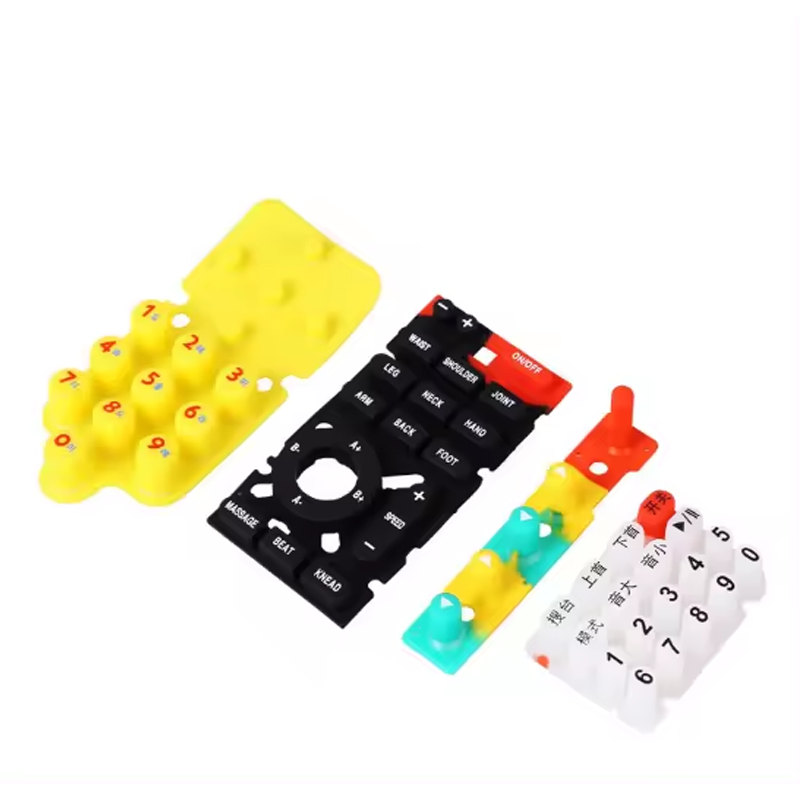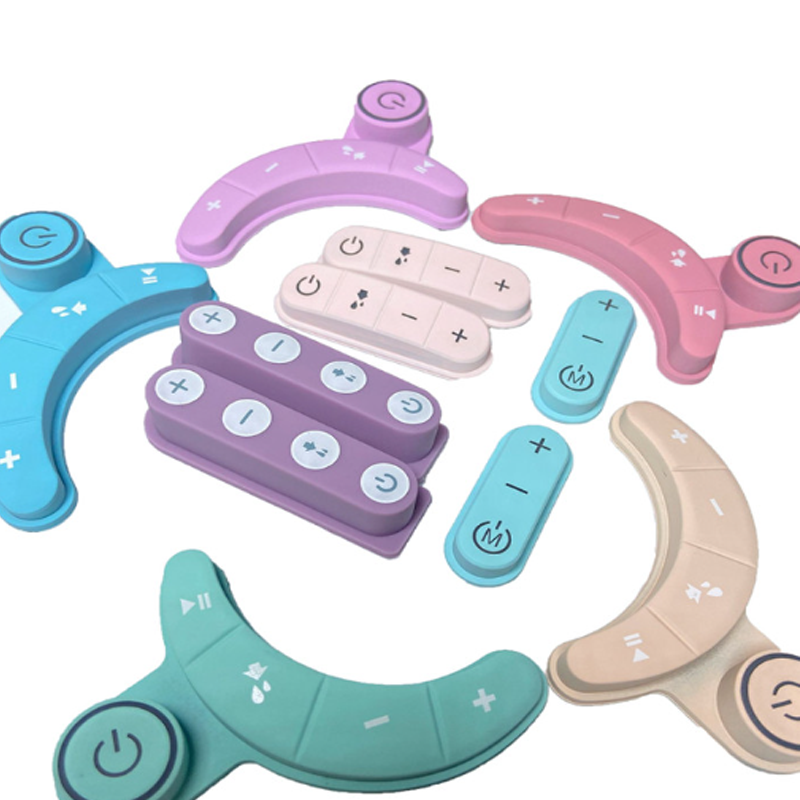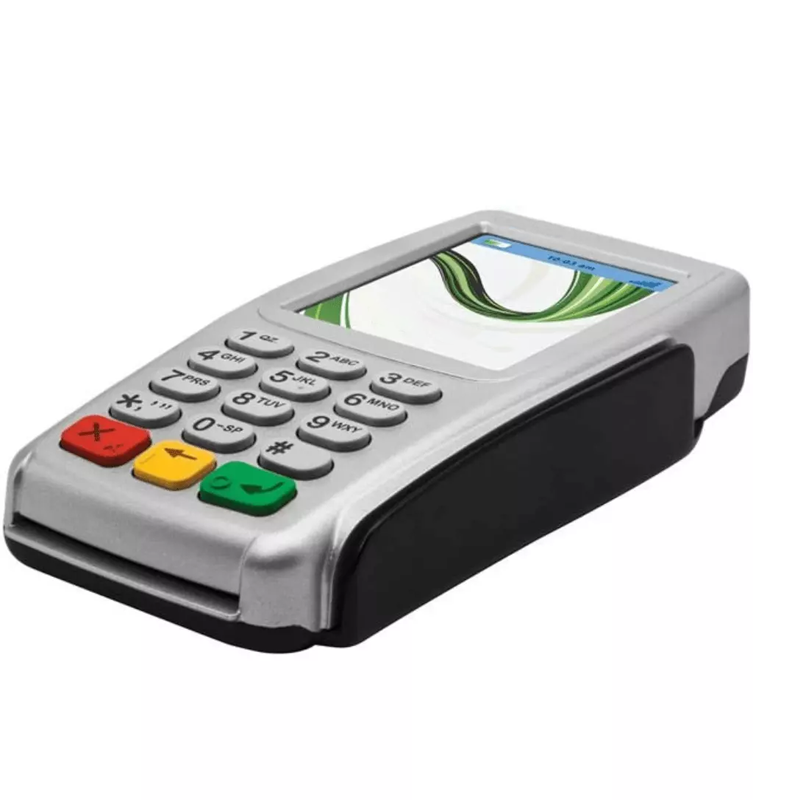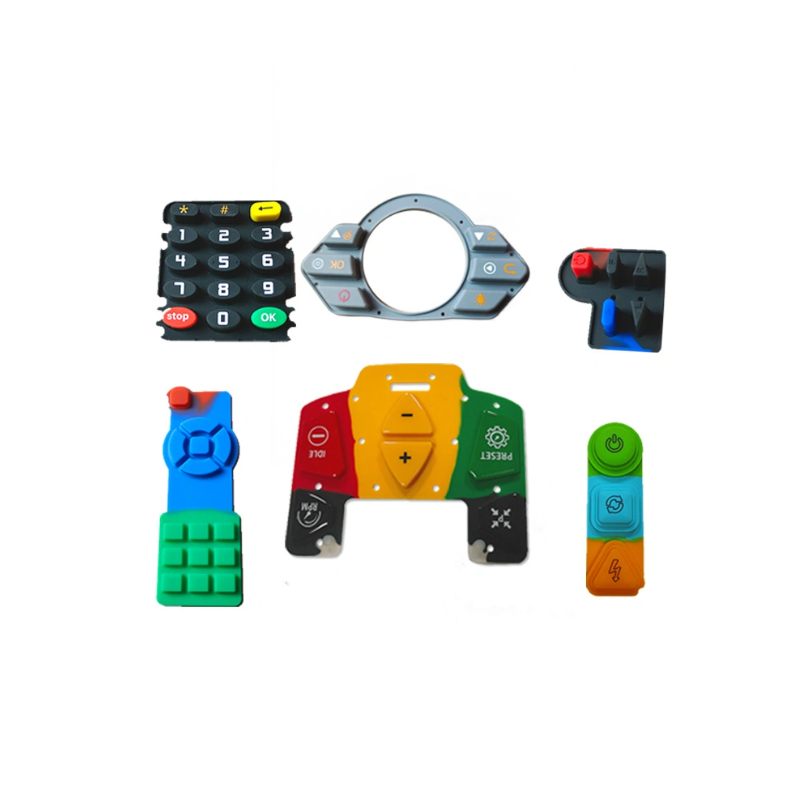Hello, and welcome back to yjcpolymer, your go-to source for keypad expertise! Today, we’re delving deep into the realm of keyboard materials to help you navigate the choice between silicone and plastic keyboards with confidence. We understand it’s not the most thrilling topic, but we’re committed to making it engaging and informative. So, grab your favorite beverage, settle in, and let’s explore the intricacies of keyboard materials.
Silicone rubber keypads and plastic keypads serve as essential input interfaces across a spectrum of industries including medical, industrial, automotive, and consumer electronics. Each type offers unique benefits and considerations crucial for matching your specific application needs.

– Aesthetics:
Silicone keypads provide a tactile, rubbery feel that’s comfortable to touch. They can be molded into various shapes, including intricate 3D designs, and customized with backlighting and laser etching for durable markings. This makes them ideal for control panels and user interfaces requiring robust design flexibility and aesthetic appeal.
Plastic keypads, in contrast, offer a rigid tactile response suited for precise input. They excel in consumer electronics, offering customization options for brand-specific colors and textures, and are adept at incorporating backlit symbols through laser etching.

– Molding Processes:
Silicone Keypad Molding:
Compression silicone rubber molding involves mixing silicone with curing agents and additives, which is then injected into a mold under heat and pressure. This process defines the keypad’s design, key alignment, and tactile features through mold cavities and positioning of tactile elements.
Plastic Keypad Molding:
Plastic keypads are crafted via plastic injection molding, starting with resin selection and design refinement. Molten plastic material is injected into a mold cavity at high pressure, shaping the keypad with precision.

– Tactile Feedback Mechanisms:
Silicone Keypads:
Utilize silicone rubber webbing for tactile feedback. Pressing a key collapses the webbing, exerting pressure on a conductive pill within the keypad’s circuitry to complete a circuit and provide tactile sensation.
Plastic Keypads:
Feature dome switches for tactile feedback, where each key incorporates a flexible dome with a central protrusion. Pressing a key compresses the dome, generating both tactile feedback and an audible click.
– Durability and Environmental Resilience:
Silicone Keypads:
Known for ruggedness and resilience, silicone excels in harsh environments. It withstands extreme temperatures, chemicals, and UV exposure, making it ideal for moisture, dust, and chemical-exposed applications in industries like automotive and industrial equipment. Its non-conductive properties also mitigate electrical interference risks.
Plastic Keypads:
While durable, plastic keypads’ resilience varies with material type. Hard plastics like polycarbonate and ABS offer decent impact resistance but may not match silicone rubber’s resilience in extreme conditions. They require consideration for wear and tear, particularly in demanding environments.

– Adaptability:
Silicone Rubber Keypads:
Known for flexibility, silicone rubber molds accommodate intricate shapes and designs, ideal for ergonomic and custom key layouts. They offer quieter keypresses, suitable for noise-sensitive environments like medical devices and industrial settings.
Plastic Keypads:
While offering extensive color options, plastic keypads have limited design flexibility compared to silicone rubber counterparts.
– Cost Considerations:
Silicone Rubber Keypads:
Initial costs may be higher due to quality materials and complex molding processes. However, their durability and extended lifespan contribute to long-term cost efficiency with reduced maintenance and replacement needs.
Plastic Keypads:
Economical in manufacturing, plastic keypads benefit from readily available materials and streamlined production techniques. Consideration is necessary for potential replacement and maintenance costs, particularly in demanding environments.

Choosing Between Silicone Rubber and Plastic Keyboards
When selecting between silicone rubber and plastic keypads, factors like user experience, environmental conditions, tactile preferences, and budgetary constraints are pivotal. Silicone rubber keypads shine in durability and reliability, especially in challenging environments. Meanwhile, plastic keypads offer cost-effective solutions and aesthetic diversity.
For expert guidance in sourcing plastic or custom silicone rubber keypads, turn to Nelson Miller Group. With extensive expertise in Human Machine Interfaces, industrial controls, computing peripherals, remotes, laboratory equipment, and medical devices, we’re here to meet your needs. Contact us today to explore our comprehensive solutions!
In conclusion, your choice between silicone rubber and plastic keyboards hinges on specific needs and preferences. Opt for silicone rubber for robust durability in rugged environments prone to spills and dust. Alternatively, consider plastic keyboards for affordability and a wide array of design choices. Evaluate usage scenarios and personal typing preferences to make a well-informed decision.
We hope this exploration has shed light on the nuances between silicone rubber and plastic keyboards, empowering you to choose the best fit for your requirements. Should you have any questions or require further assistance, feel free to reach out. Stay tuned to our website for more insightful content on all things tech and gadgets. Happy typing!